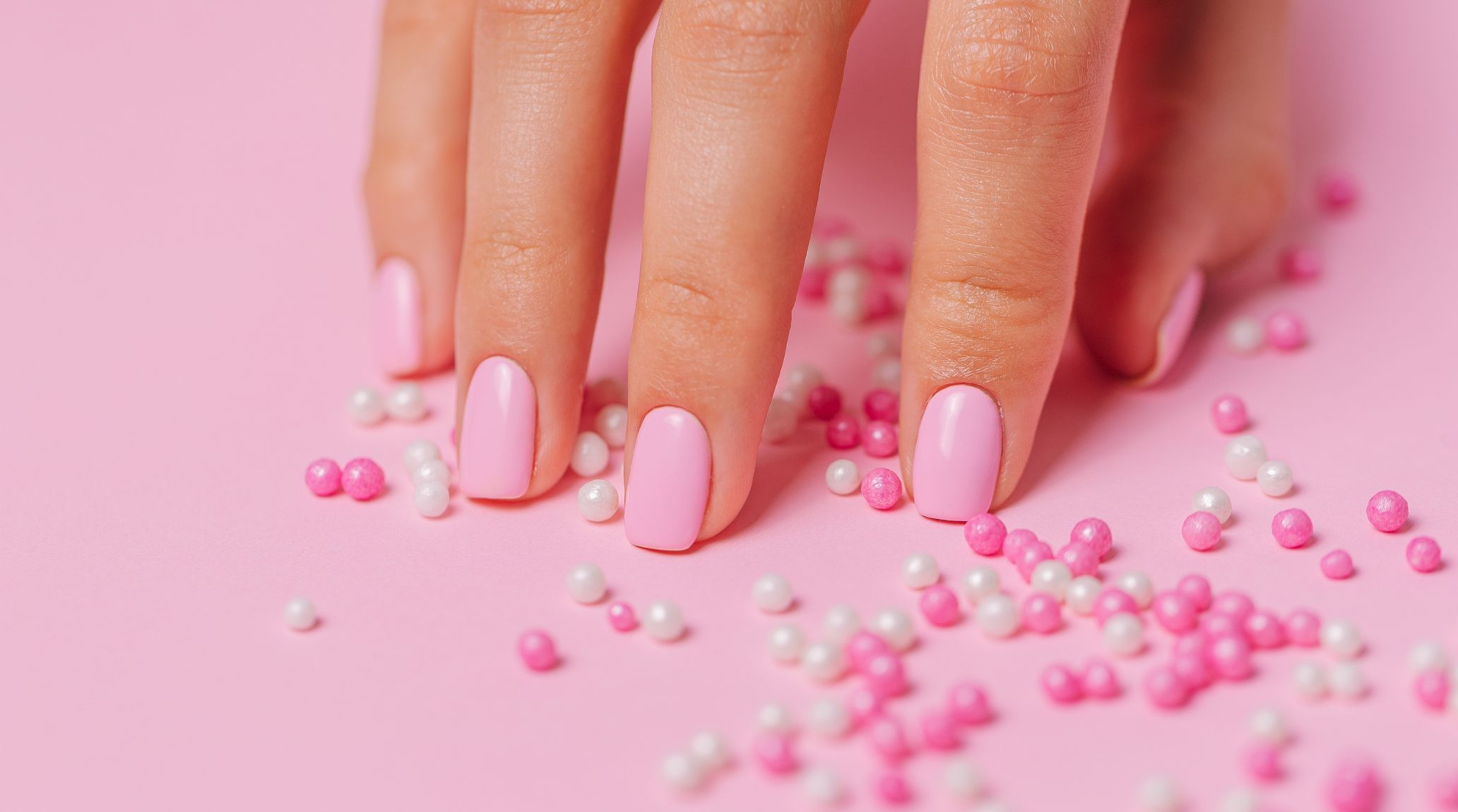
“
Discover 20 fascinating facts about nails and transform your perception of these essential parts of our anatomy. We explore the science of nail growth, their historical significance, and surprising truths about their role in our daily lives. Learn about their evolutionary purpose, unique characteristics, and how they impact our health and well-being. Join us in exploring the intriguing world of nails and gain a deeper appreciation for these often-overlooked features of our bodies.1
1
”
Hair and nails are both composed of a protein called keratin. This structural protein provides strength and resilience to these structures. Keratin is essential for the growth and maintenance of hair and nails, ensuring their integrity and durability. 1
Each nail has three main parts: the hard nail plate, which you see and paint; the nail bed, where nails grow from; and the cuticle, the protective skin at the base. The cuticle is crucial in protecting the growing nail and maintaining its health. 2
Artificial nails are constructed by placing a flexible, curved mold over the natural nail. A mixture of resin powder and liquid solvent is then applied, creating a layer that hardens to form the artificial nail. Once the material sets, the mold is removed, leaving behind the newly formed artificial nail. 3
Robotic nails have garnered interest in various fields. These artificial nails serve practical purposes, such as enhancing grip and precision in robotic hands. Researchers and engineers design them with materials that mimic natural nails, ensuring durability and functionality. 4
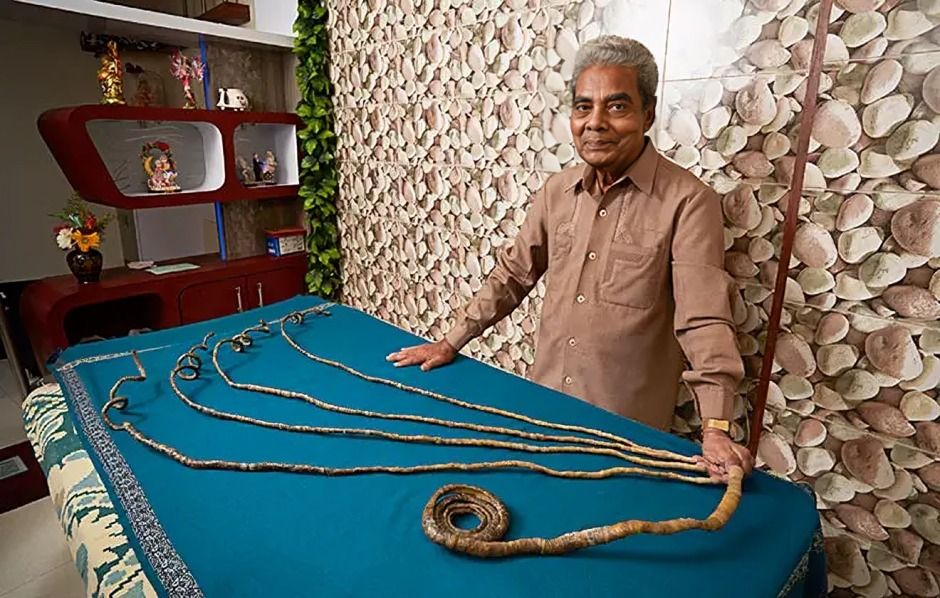
Shridhar Chillal (India) holds the longest fingernails on a single hand, measuring 909.6 cm (358.1 in) in Pune, India, on 17 November 2014.
Astronauts have reported faster nail growth in space due to the lack of gravity affecting circulation. This phenomenon causes nails to grow approximately 1.5 times faster than normal growth. 5
Animal nails, or claws, vary widely in shape and function. Some animals, like cats and dogs, have sharp, retractable claws for hunting and defense, while others, such as horses and cows, have flattened hooves for support and locomotion. 6

Clockwork, the world’s first robot manicure system. Developed by a San Francisco-based nail tech startup, Clockwork aims to provide simple and efficient nail services for those on the go. Clockwork currently offers 16 nail polish colors. You choose your preferred shade.
Men's fingernails generally grow faster than women's due to higher testosterone levels, which can stimulate nail growth. This biological difference contributes to varying rates of nail growth between genders. 7
There is a proper medical term for biting your fingernails: Onychophagia. This condition is often associated with stress, anxiety, or nervous habits and can lead to nail damage and infections if not managed. 8
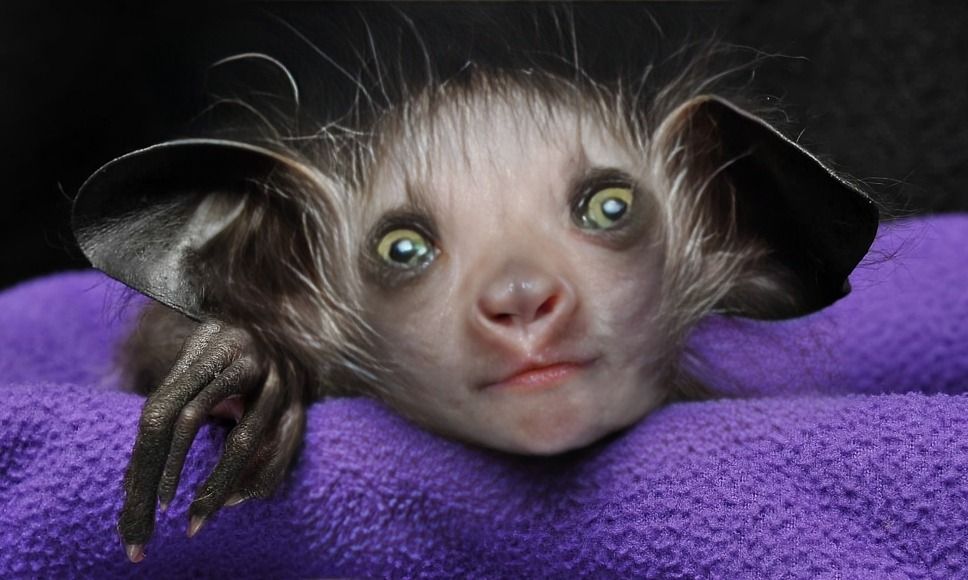
The aye-aye has an elongated middle finger tipped with a sharp, claw-like nail. This unique digit is essential for the aye-aye's nocturnal lifestyle. It uses this specialized finger to tap on trees, listening for the hollow sound indicating insect larvae's presence.
Nails can regenerate if partially or completely lost as long as the nail bed remains intact. A completely lost nail typically takes about six months to grow back fully. However, the regrowth rate can vary based on factors like overall health, age, and the severity of the injury. 9
White spots on nails, known as leukonychia, are usually caused by minor injuries or trauma rather than calcium deficiency. They are harmless and temporary unless other symptoms are present. However, if other nails accompany the white spots, it is advised to consult a doctor. 10
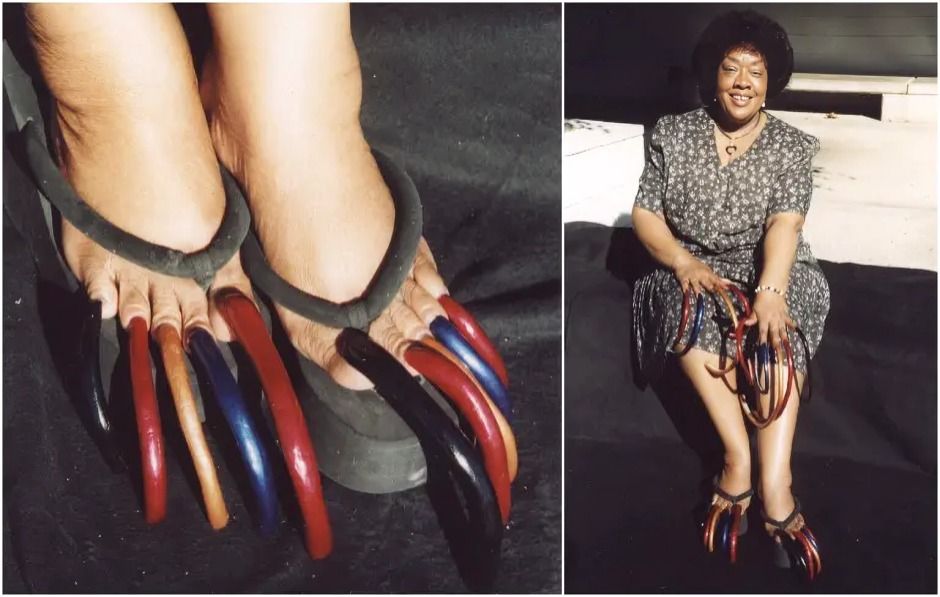
Louise Hollis (USA) has been growing her toenails since 1982, reaching a combined length of 220.98 cm (87 in) at their longest in 1991.
Your thumbnail grows slower than other fingernails, while your middle fingernail generally grows faster due to varying blood flow and biological factors, with the dominant hand's nails growing quicker. 11
Consuming foods rich in calcium and vitamin D can significantly strengthen your nails, making them more resilient and less prone to breaking or peeling. These nutrients are crucial in maintaining healthy nail growth and overall health. 12
Fingernails grow at an average rate of 3.5 millimeters per month, influenced by age, health, and genetics. This steady growth reflects nail cells' continuous renewal and role in protecting fingertips. 13
Your visible nails are composed of dead cells filled with keratin, the same protein found in hair. This structure provides strength and protection to the fingertips, supporting their role in daily tasks and protection. 14
The nail bed is where your nail starts growing. It's protected by the cuticle, which acts as a barrier against germs. The nail matrix, located beneath the cuticle, is the actual growth center of the nail. Healthy nails are a reflection of overall health. 15
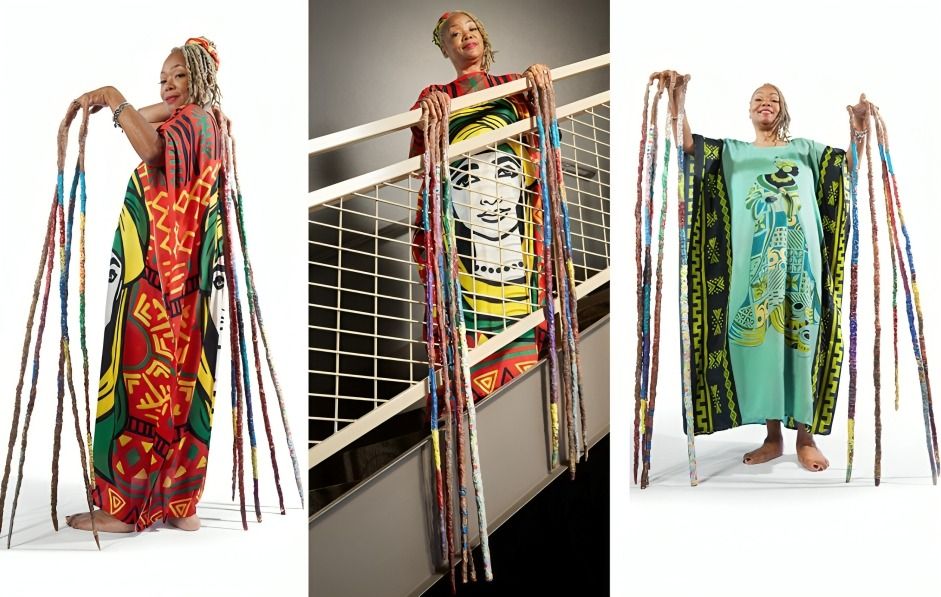
Diana Armstrong (USA) holds the record for the longest fingernails on a pair of hands (female), measuring 1,306.58 cm (42 ft 10.4 in), verified in the USA on 13 March 2022.


